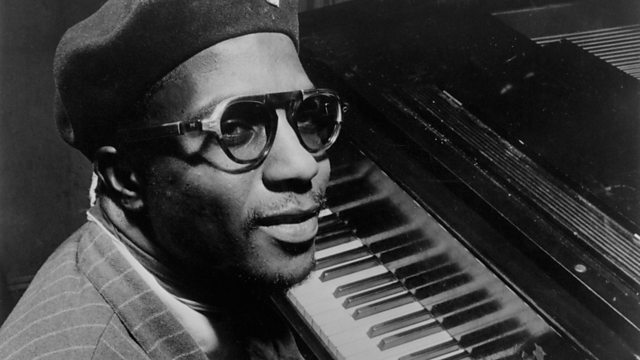
With its melody line starting with a descending, resigned figure before landing on a major seventh in a higher key on its way to a happier conclusion, this song captures the mood of Monk at the end of the line. Theres no hippie outreach in the music, but, with a higher total of new Monk originals (four) than any other 60s album, it includes the final attempts from Monk to create something new.Īfter a trio romp through the old favorite Thelonious, the first new song, Ugly Beauty, arrives. Pepper connection, Columbia was apparently trying to hit multiple generations with one stone with its novelty cover photo situating Monk underground in a World War Two setting. This title has as many 1968 resonances as the contemporaneous Miles In The Sky, but while Miless artwork affirms the Sgt. Perhaps the closest thing to a standout in Monks Columbia work is Underground.
THELONIOUS MONK UNDERGROUND PLUS
Monk didnt share Miless contempt for comfort zones, though, and so appreciating these 60s releases, almost all featuring his quartet with saxophonist Charlie Rouse plus rhythm, means getting comfortable with multiple variations on familiar themes perhaps a true indicator of being a jazz fan rather than a rock fan (at least, a rock fan who sticks with studio albums rather than trying to build up a complete Dead or Phish tape archive). Like Miles, he also encountered the studio discipline and editors scissors of Teo Macero, although Teos Monk duties largely involved snipping away bass solos (which, for better or worse, reappear on the current crop of CD reissues). Like a handful of the subsequent rockers who managed to mix some catchiness with their non-conformity, Monk found rewards (_Time_ covers, steady live work), and one was the chance to join the label of Miles and Brubeck.

Recently, Ive paid some attention to Monks 60s stint on Columbia. He was individual and let you know it every second, and he seldom let either an original or a standard go by without slipping in a sarcastic poke at authority. Like most other guys who caught my attention at that point (Ornette and Coltrane, to name two), Monk had a certain proto-rock element in his attitude, and not only because he had a healthy appetite for the blues. Thinking about it a bit recently, though, I realized that this applies to some things that werent fusion.ĭue to a few twists of fate (lots of Monk cuts on the Smithsonian Collection of Classic Jazz, a few Monk albums at the library), I spent a fair amount of time listening to Thelonious Monk when I got started with jazz.

Like many people born in the 70s, I might not have listened to jazz if there wasnt a lot of it around that sounded like rock.


 0 kommentar(er)
0 kommentar(er)
